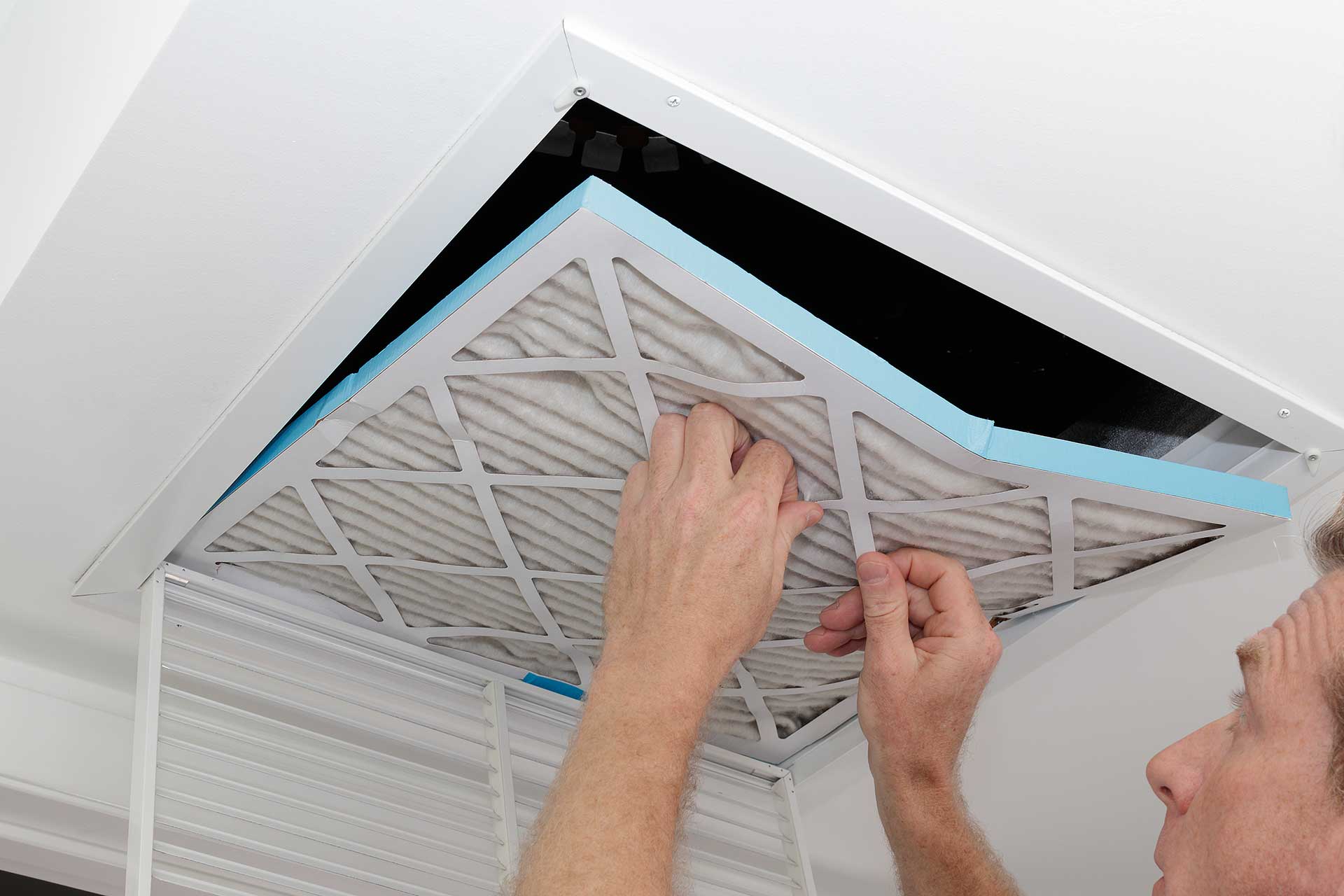The Dallas – Fort Worth area tends to have mild winters in general, but there are still plenty of days where you’ll need to run your heater with full force. Heating your home accounts for the most significant portion of your energy use, which means that your comfort often comes at a premium.
How can you use less energy without sacrificing comfort? Consider the following nine tips that can help you survive the cold weather and save money in the process:
Lower Your Thermostat
Lowering your thermostat is usually the first line of defense for most homeowners, especially since reducing your thermostat by just one degree can cut about 1% from your energy bill. Many homeowners agree that they can still feel comfortable in their homes at a lower temperature by wearing thicker socks and layering up.
And, as you become used to your new “normal” temperature, you may even be able to continue lowering your thermostat one degree at a time for even more energy savings!
Install a Programmable Thermostat
While we’re on the subject of thermostats, switching from a conventional thermostat to one that’s programmable can help you better use energy sources. Rather than forgetting to lower the temperature when you leave for work, you can rely on preset schedules to heat the home when you need it most and save on energy when you’re not there.
In total, a programmable thermostat can save you up to 10% on your energy bill, plus it makes it more “hands-off” for you.
Switch to Quilted Curtains
Curtains aren’t just for style and ambiance. They’re often used to cover drafty windows to keep heat inside the home. Opt for quilted-style curtains that are thicker than the average curtain and can provide better insulation. They use ordinary curtain rods, but the unique quilted pattern is more efficient when it comes to blocking drafts and preventing heat from escaping.
Use Space Heaters for Smaller Rooms
Space heaters aren’t a go-to for every occasion, but they make good financial sense under the right conditions. For example, if you have a small enclosed room that needs to be heated, a space heater can usually do the job better and cheaper than your HVAC system.
There are a few rules to using space heaters, however. First and foremost, they only help to reduce your energy costs if you lower the temperature throughout the house. Also, they’re not efficient for open spaces. Make sure the room has walls so that the heat can be contained.
Many families turn down the thermostat and use a space heater in a room where the entire group can gather. It’s like having a fireplace without the mess and danger of open flames.
Insulate Your Attic
Attics can be blistering hot in Texas summers and chillingly cold during the winter. This is mainly due to the fact that most attics are not well insulated.
Ideally, your attic should have insulation with an R-value of between 22 and 49, or to put it another way, insulation thickness of 6-13 inches of loose-fill or 7-19 inches of fiberglass batting. If you already have insulation in your attic, measure it to see if you have enough. If not, your energy bill may benefit from adding new insulation.
If you need to add more insulation, many experts recommend going with loose fill to get into the cracks and crevices where cold air can enter. You can rent a machine to do the job yourself at less than half the cost of hiring a professional, but be warned that it can get messy.
Check Your HVAC Filters
Clean HVAC filters and other components allow your system to work at its highest potential. Winter storms can blow debris into your system that can cause it to work at less than its capacity. Dirt and debris can flow through your air vents and potentially contaminate the air you breathe.
Checking your filters each month is especially important to keep your energy bills low. Plus, it may help you prolong the life of your HVAC system.
Unblock Air Vents
And speaking of airflow, it’s essential to check each air vent to ensure nothing is blocking the airflow. Clear away furniture or other items that may be preventing air from heating the room. A blocked vent can cause your system to work harder than it needs to, which can drive up energy costs.
Close Your Fireplace Damper
If you have a fireplace in your home, you could be sending valuable energy dollars straight up your chimney. Using a fireplace can be an excellent way to stay warm in the winter, but when the fireplace is not in use, make sure you close the damper and check the seal for gaps. The chimney is just like an open window in your home and can suck out all of your warm air.
If possible, you might want to consider adding tempered glass doors to your fireplace for an extra layer of insulation.
Upgrade to Energy Efficient Windows and Doors
Your home’s windows and doors may need replacement at some point. As they age, the seals may break or weather and create gaps where air can escape.
Also, older windows and doors, such as those with single pane glass, may not insulate as well as new energy-efficient ones, and you could be throwing away hundreds of dollars per year. Experts estimate that nearly 50% of homes in the United States still have single-pane windows, so there’s a chance that yours is one of them.
Instead, now might be the time to look into new energy-efficient doors and windows for your home. Vinyl windows are usually a top choice because they provide an extra layer of protection against heat loss.
Our team at American Windows of DFW can help you explore your options for energy-efficient windows and doors that can help you maximize every dollar you spend on energy. Contact us today to learn more!


